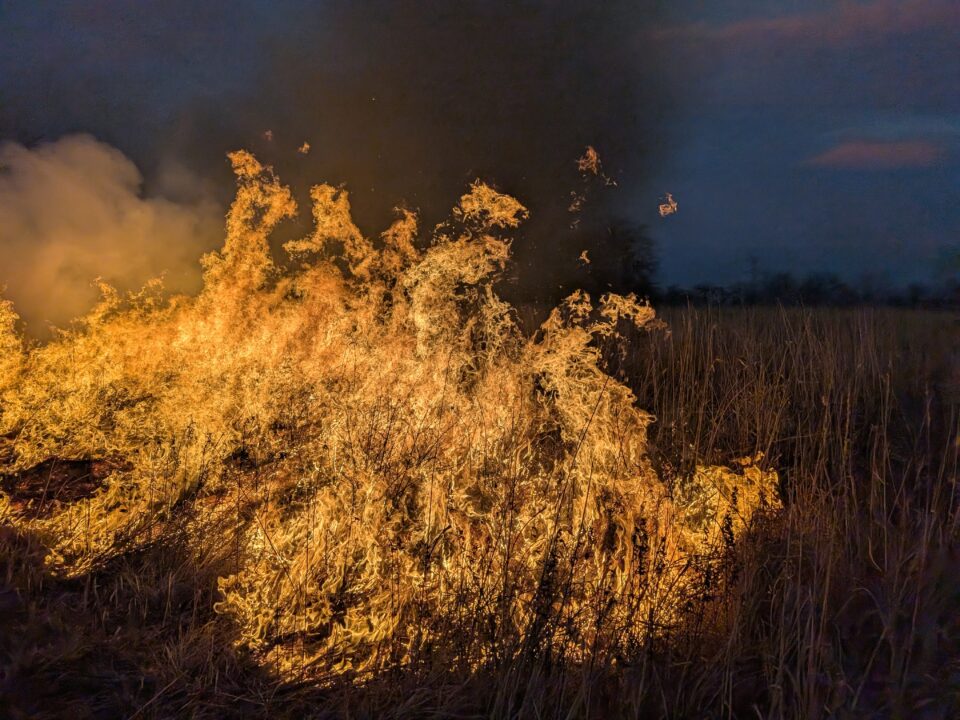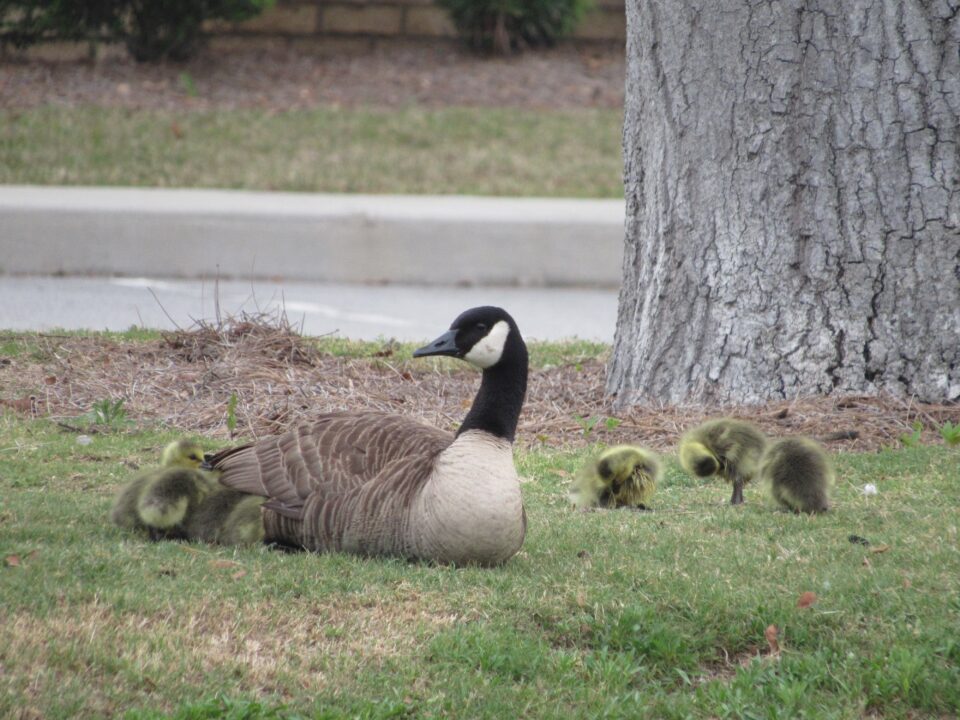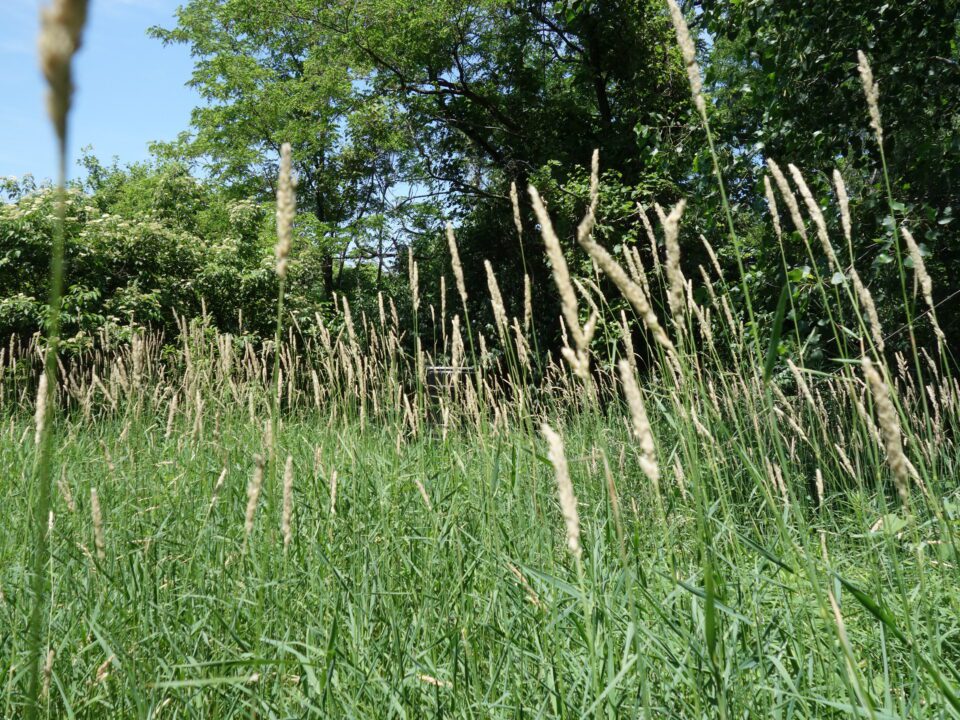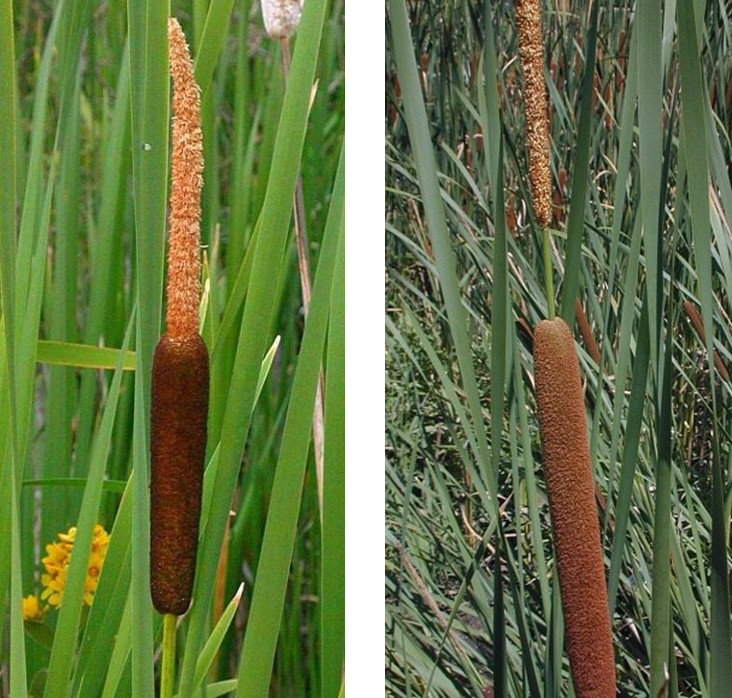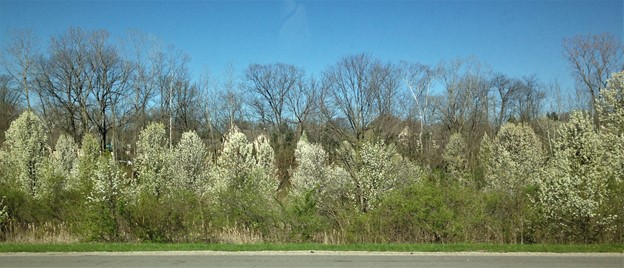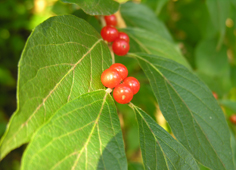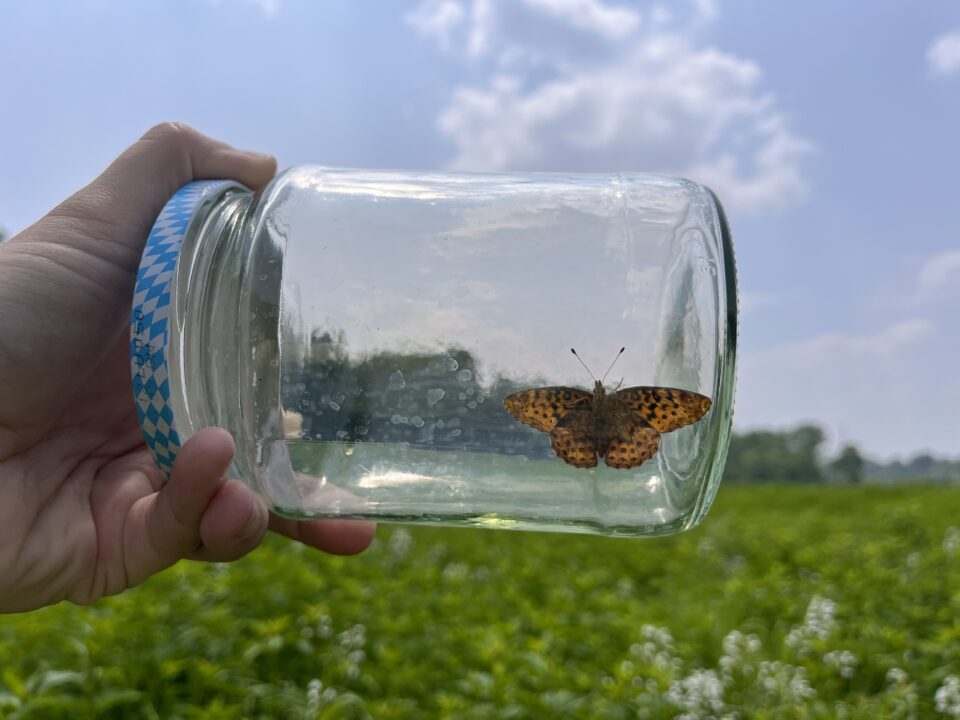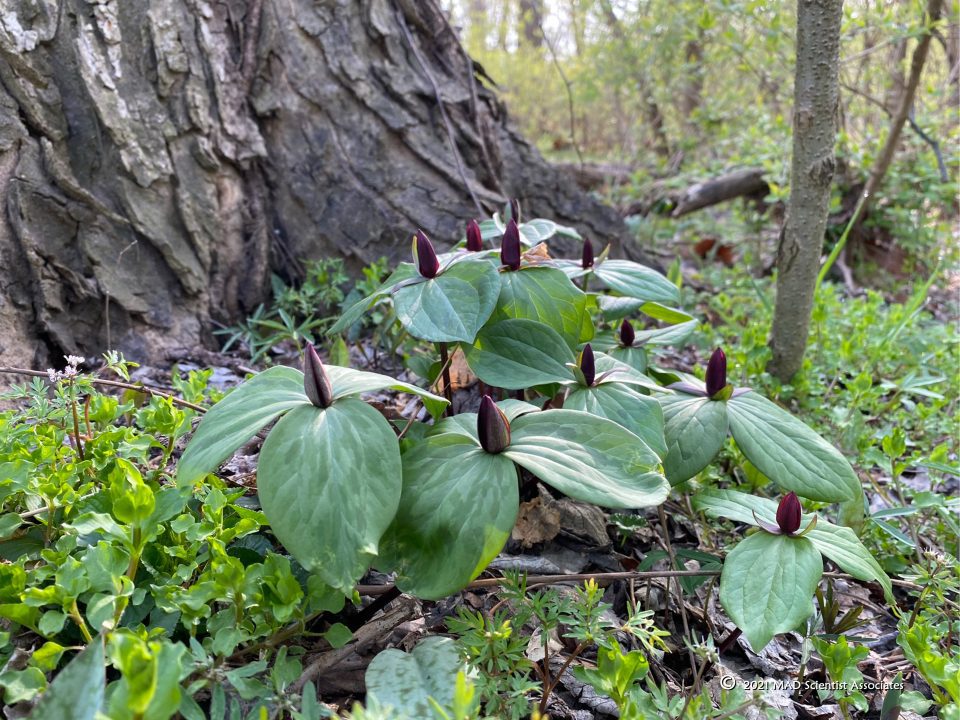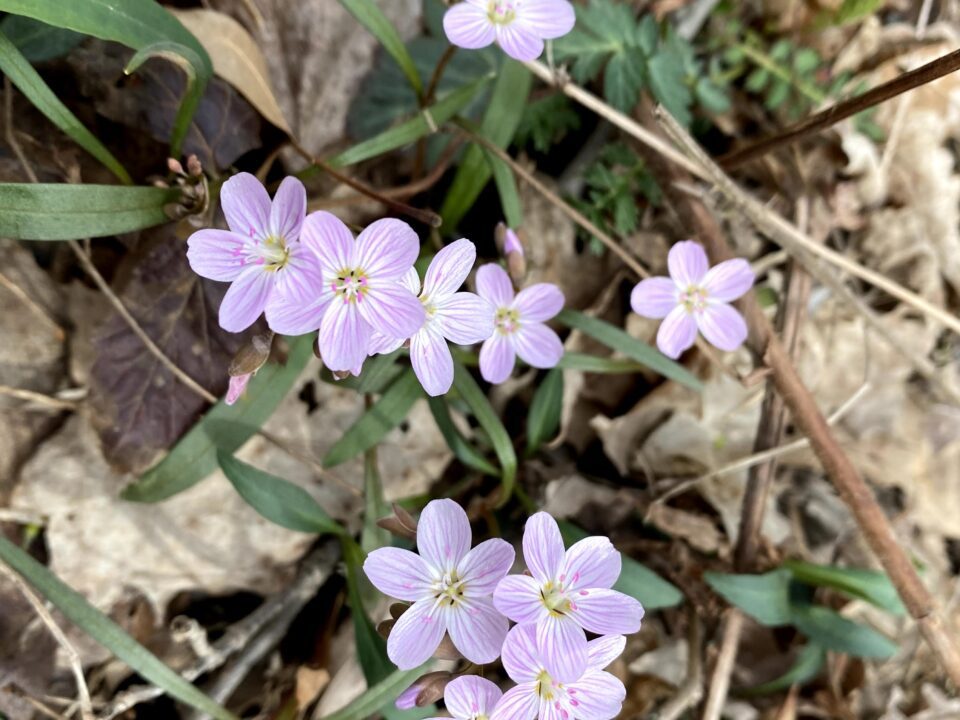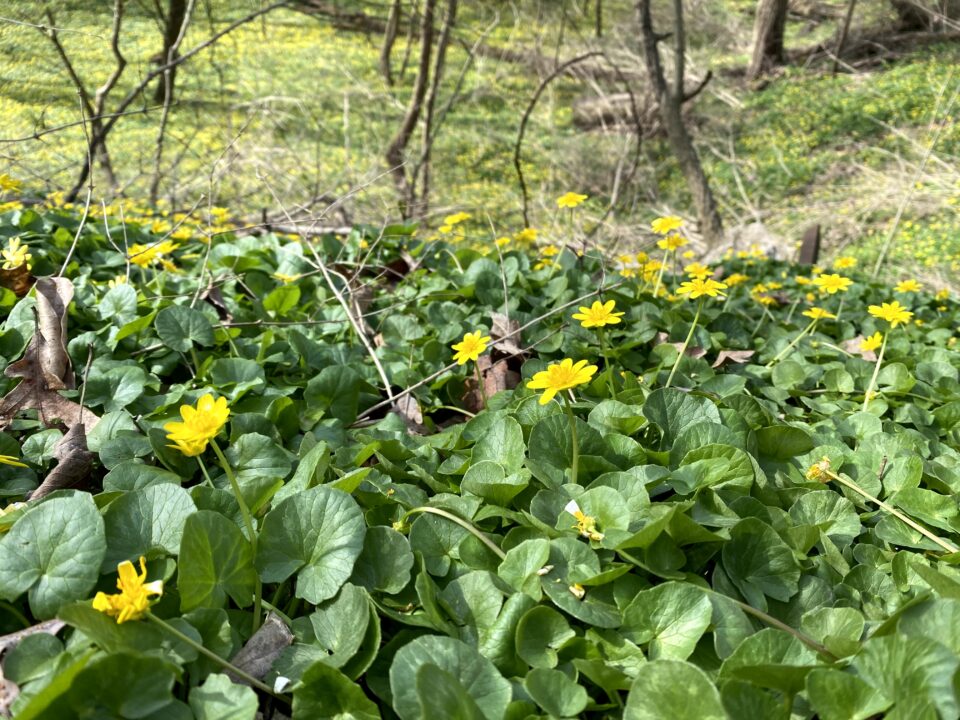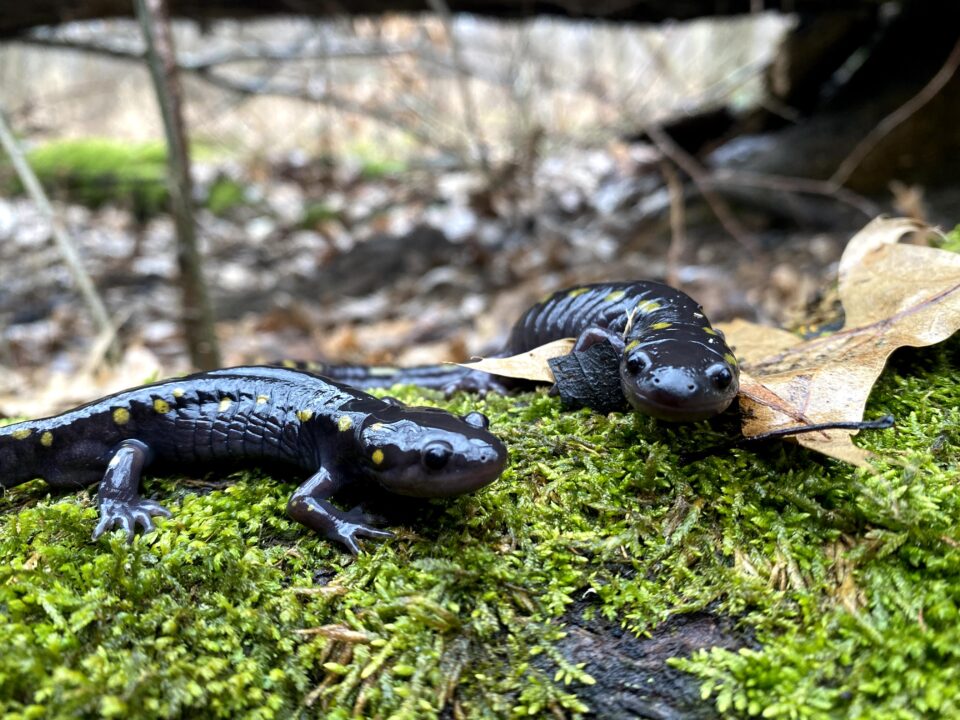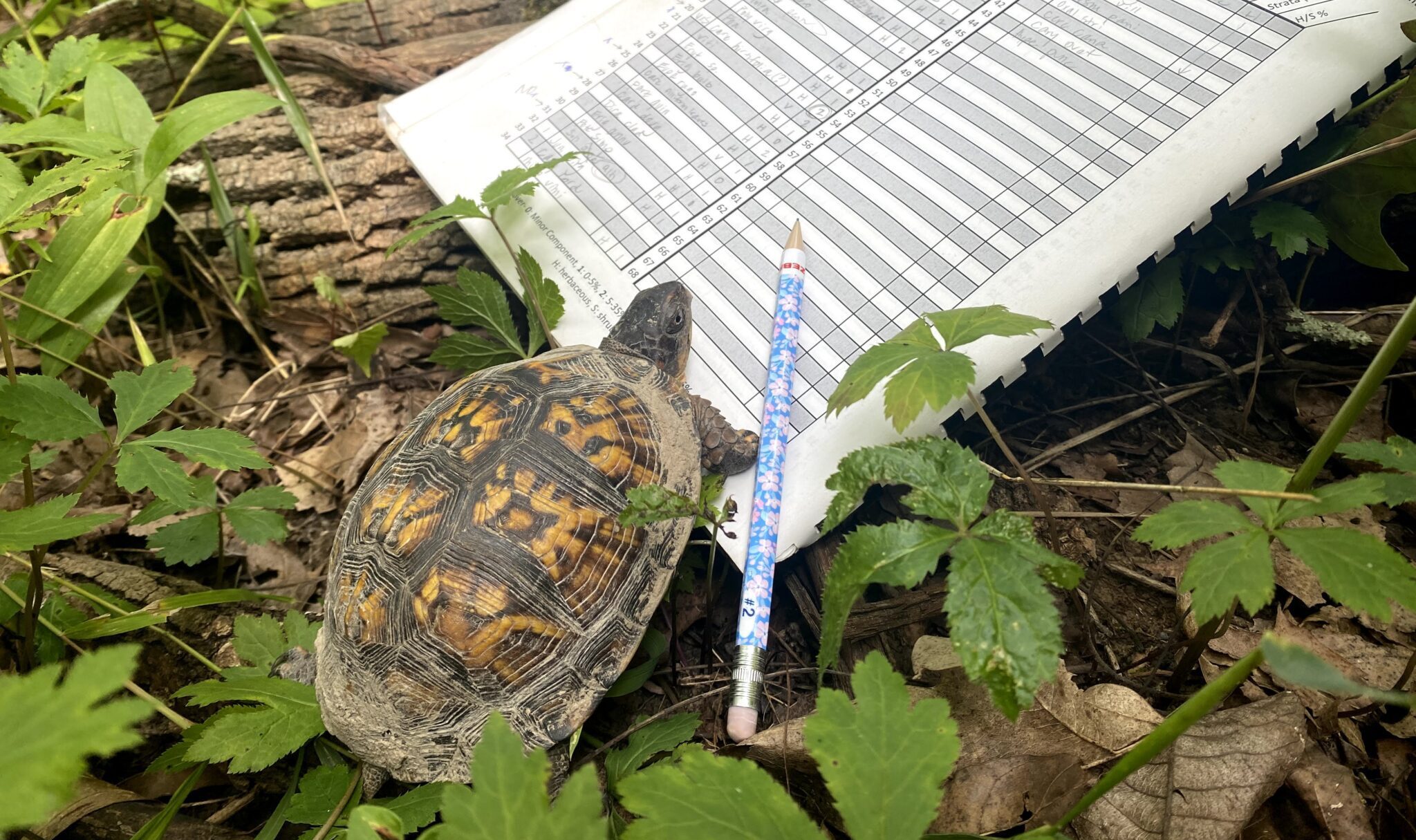
Ecology, Environment, and Education Blog
MAD matters
National Bird Day
Learn about wetlands and the role they play in bird conservation.Celebrating the Canada Goose- And Politely Asking it to Move Along
By: Jenny Adkins April 22, 2024 We’re guessing that at first glance, most people living in suburban American areas cringe at the sight of a Canada Goose (Branta canadensis), especially if you live near a golf course, pond, or detention basin. These large, handsome geese are actively managed as nuisance species due to their aggressive behavior and, how to put this, tremendous excrement output, which dirties sidewalks and adds nutrients to water resources. As grazers, they can also impact plant establishment. BUT, did you know that they were once on the verge of extinction? In the early 1900s, they were regularly hunted for sport and for food. Unregulated hunting accompanied with draining wetlands for farming, building, transportation routes, etc., caused their population to plummet. They […]Invasive Species Awareness Week- Reed Canarygrass
By: Cody Wright March 3, 2022 One NNIS that doesn’t get quite enough attention is Reed Canary Grass (Phalaris arundinacea). Beginning in the 1800s, this grass has been widely used as livestock forage, for erosion control, and in landscaping. Reed Canary Grass (RCG) prefers moist, poorly-drained soils but can be found thriving in various types of habitats. From standing water to dry upland areas, this plant is highly adaptable. This adaptability, along with the production of easily dispersed seed and dense biomass via rhizomes, is what gives this plant it’s invasive nature. While it has been determined that there is a native genotype of Phalaris arundinacea, it is not possible to distinguish this difference without genetic analysis. In a field-setting, then, this simply cannot be […]Invasive Species Awareness Week- Cattail
By: Cody Wright March 2, 2022 In Ohio, our native Cattail, Typha latifolia, is being pushed out of its niche by its invasive cousin, T. angustifolia. These two species can interbreed and produce viable hybrid offspring, T. x glauca, which also exhibit invasive tendencies. It is thought that T. angustifolia was first introduced to the U.S. along the Atlantic seaboard via the dry ballast of European ships coming into harbor. The key characteristic that can be used to identify between these species is the gap, or lack thereof, between the male and female flower. Yes, that portion of the plant that humorously resembles a corndog is actually the flower spike that the plants use for sexual reproduction. The native cattail has no gap between the […]Invasive Species Awareness Week- Callery Pear
By: Cody Wright March 1, 2022 This iconic suburban tree has come to be known by many different trade names throughout the years: Bradford Pear, Cleveland Select, Metropolitan Pear. Yet they all derive from one species native to China—the Callery Pear (Pyrus calleryana). This NNIS was introduced to the U.S. in the mid-1900s as an ornamental street and yard tree and quickly gained popularity for its bright white, early spring blooms and colorful fall foliage. Through selective cultivation, multiple sterile cultivar types were created and mass produced for public purchase. According to Dr. Theresa Culley, Professor and Head of the Department of Biological Sciences at the University of Cincinnati, “It is not the cultivar itself that is invasive, per se, but rather the problem arises […]Invasive Species Awareness Week- Bush Honeysuckle
By: Cody Wright February 28, 2022 If you ask any conservation professional or land manager to name the greatest challenge they face, among the most common responses you will get is the never-ending effort to slow non-native and invasive species (NNIS). Ohio has become home to numerous such plant species that wreak havoc on the local habitats and ecosystems in which they take up residence. Four of the most notorious and problematic NNIS are the Bush Honeysuckles (Lonicera spp.), Callery Pear (Pyrus calleryana), Narrow-leaved and Hybrid Cattail (Typha angustifolia, T. x glauca), and Reed Canary Grass (Phalaris arundinacea). Let’s take a closer look at why each of these species present a concern and what is being done to help prevent their continued spread. Bush honeysuckle […]New Year, New You: Become the Explorer you Dreamed of as a Kid!
By: Jenny Adkins January 16, 2024 Something we love about our career is that, in the field of ecology (and all sciences for that matter), there’s always something to learn. When you think of discovery, it may conjure grandiose scenes of trekking deep into new environments, suffering through grueling weather, being bombarded by unfamiliar insects, etc., but we’re willing to bet that there are many things you can discover right outside your door…without the travel bill. Just the practice of looking upon the world with fresh eyes can be life-changing. Once you start looking, you’ll almost always see something new each time you peruse a new flower in bloom, the soil under a rock, the trunk of a tree, etc. The weather, season, time of […]Floristic Quality Assessments
By: Jenny Adkins May 12, 2021 This year, we were thrilled to have the opportunity to work with Great Parks of Hamilton County, conducting a Floristic Quality Assessment (FQA) for several of their conservation and public parcels. This year marks the 6th field season that we’ve completed these surveys for Great Parks. We’ve covered a lot of ground in the Cincinnati area, and it’s always been an adventure. This year, Jenny and Logan teamed up to survey the predesignated plots. It was an especially wild sampling run with rain, sun, snow (and all of the associated temperature fluctuations), long hikes, flooded boots, Lonestar and dog ticks, poison ivy, nettles, but all of that was worth it for the new plant finds, wildflowers, breathtaking forest views, and […]Spring Beauties
By: Jenny Adkins April 12, 2021 Today, we highlight the dainty and captivating Spring Beauty (Claytonia virginica). This common wildflower is one of the first to bloom in the spring, bringing a cheerful presence to the forest floor. It blooms throughout the spring, opening towards the sky on sunny days and closing to a nod on dreary days. Native bees, flies, ants, and Lepidoptera frequent Spring Beauty as a source of pollen and nectar. It grows throughout central and eastern North American dry-mesic woodlands where it thrives on nutrients from leaflitter and can complete its life cycle before trees leaf out and prohibit sunlight from reaching the forest floor. It spreads by seed and corm, which are hard, bulb-like storage reserves that sprout new stems. […]Let’s Talk About Lesser Celandine
By: Jenny Adkins April 8, 2021 Everyone seems to be aware of our woody invasive plant species like honeysuckle, callery pear, wintercreeper, privet, etc. One thing we’re noticing this year is people gushing over the plant featured here- lesser celandine (Ranunculus ficaria). Yes, it’s beautiful. It’s one of the first things to come up in spring along floodplains and mesic soils, carpeting the ground in lush green foliage and cheery yellow flowers. You’ll notice at second glance that beneath that lush carpet, there’s NOTHING else growing under or around it. These areas should be loaded with diverse wildflowers- harbinger of spring, bluebells, anemone, phlox, ginger, bloodroot, solomon’s seal, ramps, trout lilies, spring beauty, Dutchman’s breeches, geranium, orchids, twin leaf, trilliums, toothwort, cresses, violets, mayapple, larkspur, […]Salamander Run
By: Jenna Roller-Knapp March 1, 2021 Most of the salamanders in the family Ambystomatidae spend between 70 to 95 percent of their lives underground, hence why they are called mole salamanders. This includes Jefferson, spotted, eastern tiger, small-mouthed, marbled, blue-spotted (state endangered), streamside and unisexual hybrid salamanders. They come to vernal pools at night, often during the first warm rain in late winter to breed. This typically in occurs late January to early February in the southern portions of Ohio and through late march in the northern parts of the state. Though most live within the same 100 meters of their breeding pool, males are often the first to arrive. Their presence leaves chemical scents which then attract females to the water. Once together, they […]




